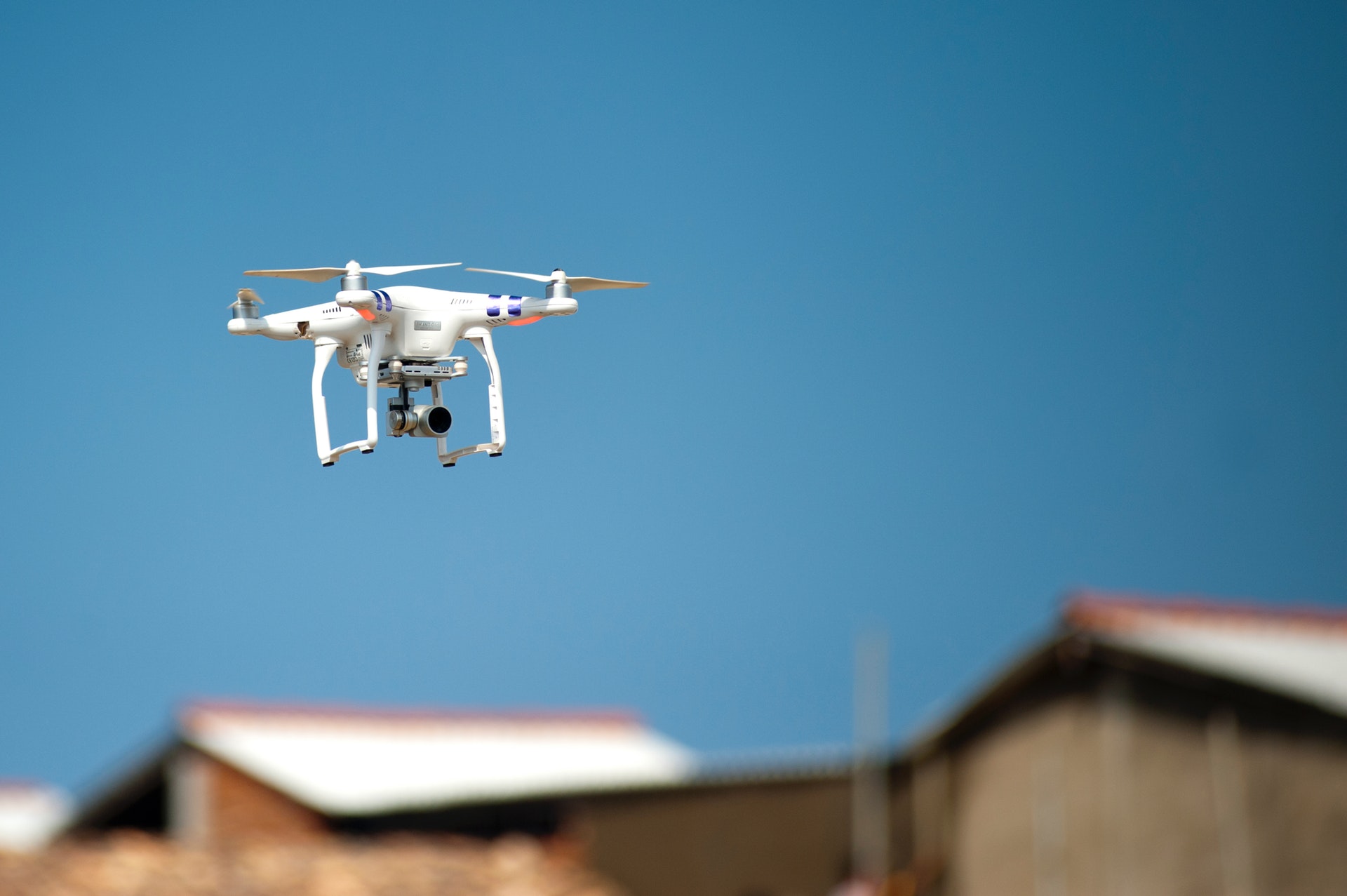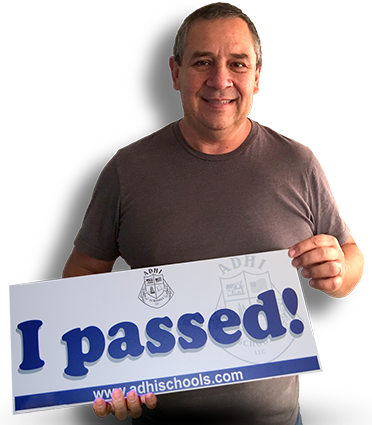New Rules for Using Drones in Real Estate
Published by Kartik Subramaniam

A couple of months ago I wrote about the restrictions on the use of drones (also referred to as UAS) for commercial purposes. Some real estate professionals had become interested in aerial photography and videos for their listings, but without a pilot’s license and a waiver from the Federal Aviation Administration (FAA) any commercial use was illegal. The FAA has now announced finalized rules on commercial use of drones that make operation more accessible. If you are interested in using drones in a real estate business, here is what you need to know:
- The pilot’s license requirement is gone. The drone operator must be at least 16 years old and have a “remote pilot certificate with a small UAS rating, or be directly supervised by someone with such a certificate.” This certificate comes with a passed aeronautical knowledge test at an FAA-approved testing center or a Part 61 pilot certificate with a UAS online training course provided by the FAA. This new rule is much less stringent than the old rule, but still requires commercial drone operators to understand the rules of air traffic and and pass a TSA security background check. A real estate professional cannot just buy a drone, attach a camera, and start flying it for commercial purposes or pay someone else to do it unless they also have passed the requisite tests.
- There are assorted safety rulesin place—the industry is not being entirely deregulated. Operators of drones must keep them within their line of sight, below 400 feet altitude or within 400 feet of a structure, and at or below 100 mph groundspeed.
- UAS may not be operated over any persons “not directly participating in the operation” unless they are under a covered structure or inside a covered, stationary vehicle
- Operation is permitted during daylight hours and during civil twilight (30 minutes before official sunrise and 30 minutes after official sunset) with appropriate anti-collision lighting
There is little word on any updates to the fines of violation of this policy. We know from the past that the FAA will fine those that unlawfully use drones for commercial purposes. SkyPan was fined $1.9 million dollars and industry experts expected fines to typically fall in the $1,000-$10,000 range before this rule. There will be a new fine of at least $500 if an operator causes serious injury or property damage with the UAS and does not report the incident to the FAA.
The FAA believes these changes are important to safely “spur job growth, advance critical scientific research and save lives” with impacts ranging from our real estate industry to the ability to “deploy disaster relief”. The FAA cites industry experts who believe the rule could generate more than 100,000 jobs and $82 billion for the economy over the next 10 years.
The next potential regulations will deal with privacy and data collection issues. The FAA does not currently regulate how UAS gather data, instead deferring to local and state privacy laws. It is possible that commercial use regulations will be created to address these concerns.
What do you think about the use of drones in the real estate industry? Is this a fad or will it become more common? Comment below or reach out to me at cody@adhischools.com for any questions or clarifications.
Join Our Newsletter
Recent Posts
How to Excel in Real Estate Negotiations: Strategies and Real-Life Scenarios.
8 Mistakes New Real Estate Agents Make and How to Avoid Them
Can you take the real estate exam without classes?
Categories
- Real estate licensing stuff
- Getting started in the real estate business
- Practical advice for real estate agents
- Real estate market analysis
- Selling Homes
- Generating Real Estate Leads
- Real Estate Marketing Tips
- Real Estate Exam Tips
- Realtor Branding Tips
- Tips on Commercial Real Estate
- Tips When Buying Homes
- Educational Resources For Realtors



